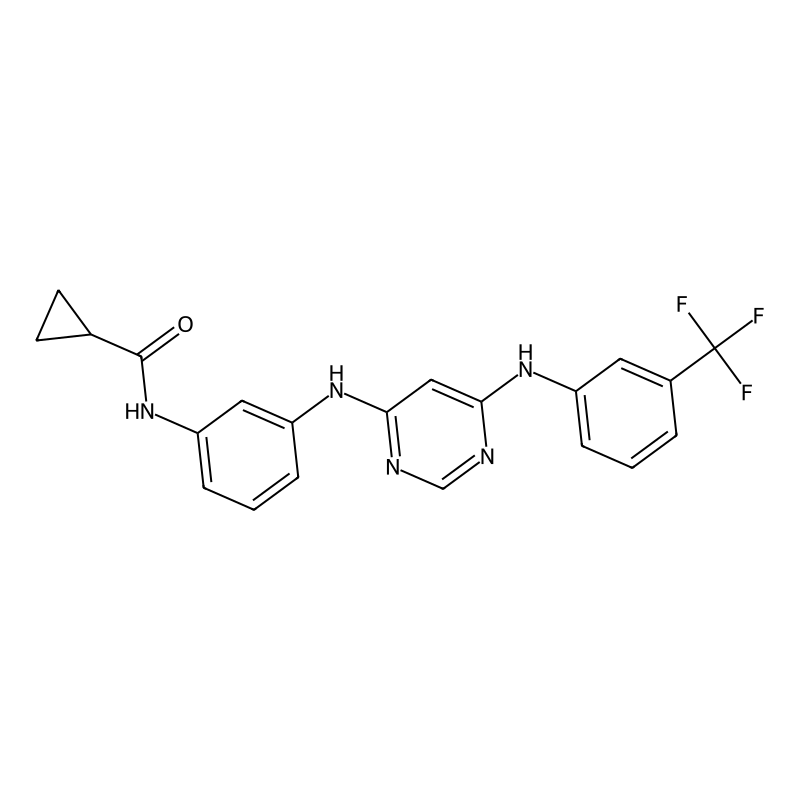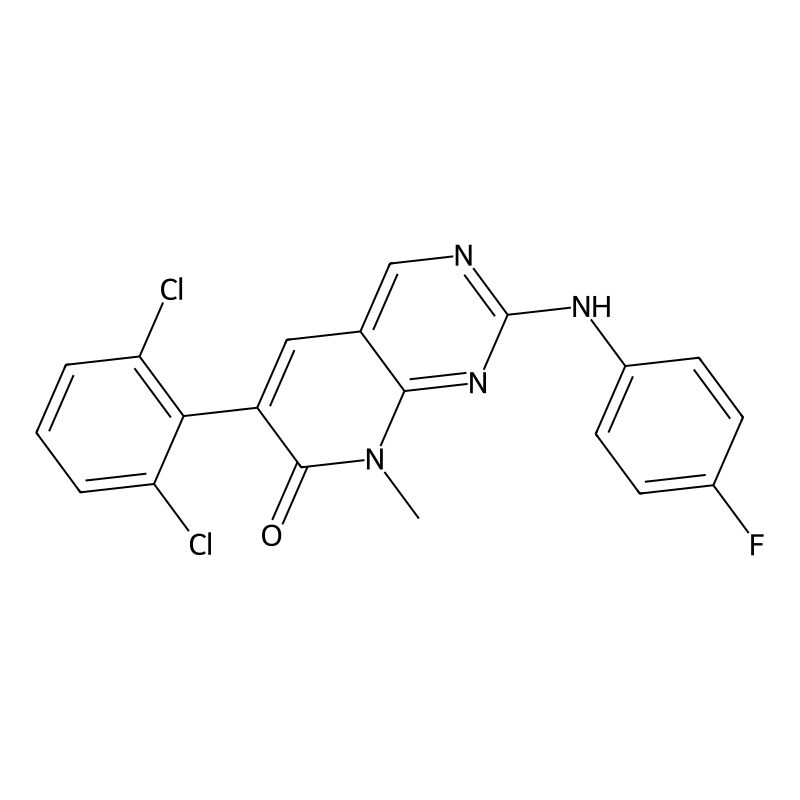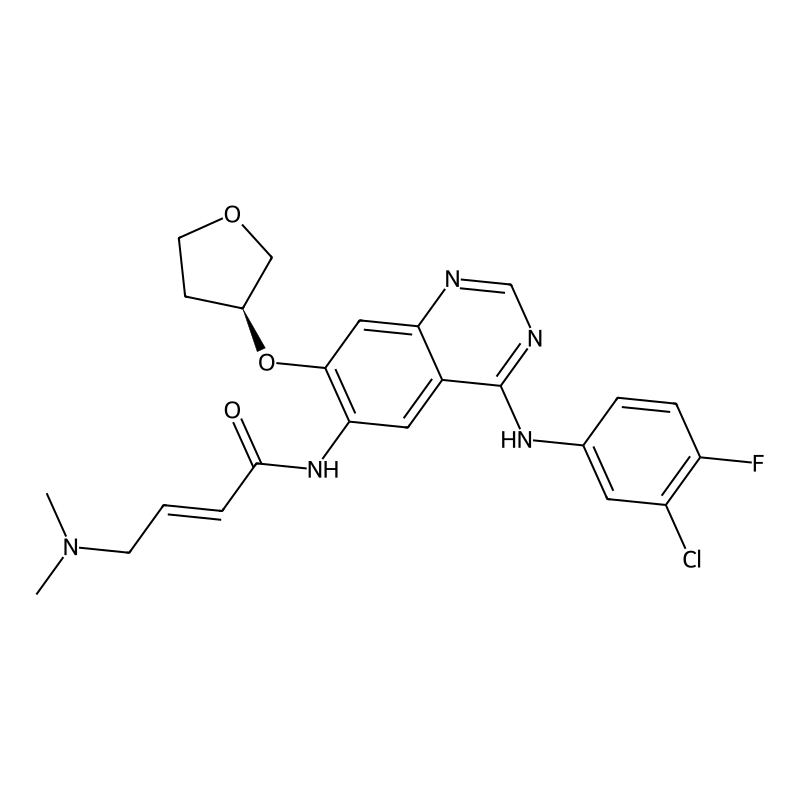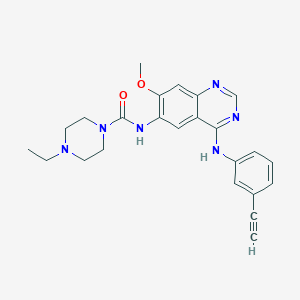MAPK Signaling Pathway
CAS No.:881001-19-0
Molecular Formula:C17H11ClFN5O
Molecular Weight:355.8 g/mol
Availability:
In Stock
CAS No.:879127-07-8
Molecular Formula:C21H18F3N5O
Molecular Weight:413.4 g/mol
Availability:
In Stock
CAS No.:305820-76-2
Molecular Formula:C20H13Cl2FN4O
Molecular Weight:415.2 g/mol
Availability:
In Stock
CAS No.:287204-45-9
Molecular Formula:C21H15Cl2FN4O
Molecular Weight:429.3 g/mol
Availability:
In Stock
CAS No.:850140-72-6
Molecular Formula:C24H25ClFN5O3
Molecular Weight:485.9 g/mol
Availability:
In Stock
CAS No.:1203902-67-3
Molecular Formula:C24H26N6O2
Molecular Weight:430.5 g/mol
Availability:
In Stock





